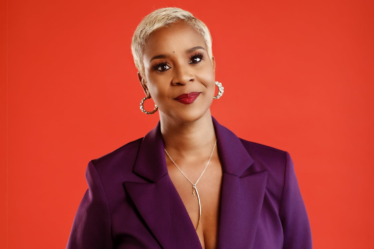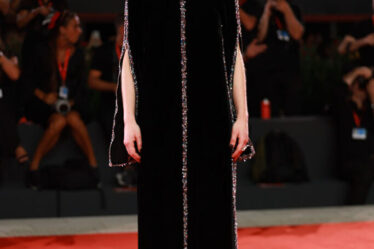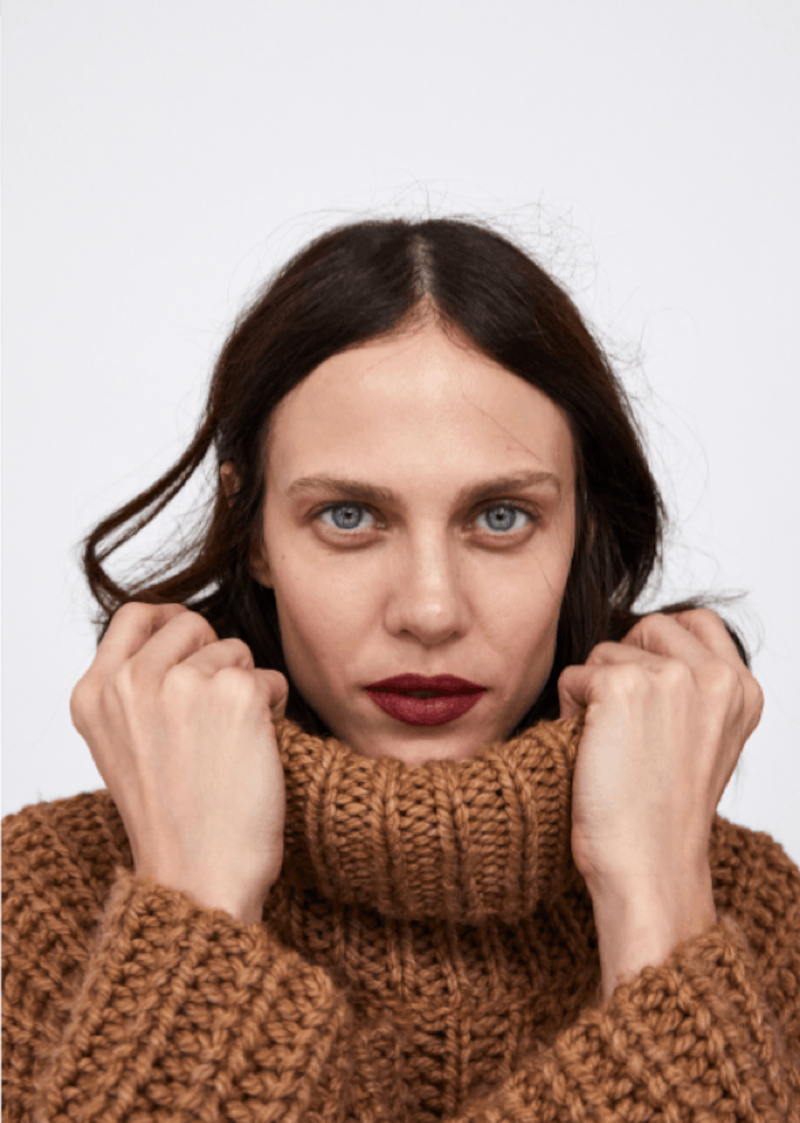
NEW YORK, United States — Zara checked all the right boxes for the premiere of its new beauty line last month: 20 shades of lip colour in sleek packaging, a partnership with makeup legend Pat McGrath and a full on social media blitz.
But engineering a splashy launch is the easy part. Fast-fashion giants have been trying — and largely failing — to crack the beauty market for years. Zara’s entrance into the space follows H&M in 2015 and Asos, Forever 21 and Boohoo in 2017. Beauty remains a small, and sometimes negligible, part of their businesses today.
For a retailer that’s conquered its fashion niche, adding fragrance, makeup or skincare to the mix is alluring because margins are higher and returns rarer. However, the fast-fashion playbook — produce clothes as quickly and cheaply as possible — doesn’t carry over to beauty, where product testing and regulatory approvals can’t be rushed. Cosmetics also face uncertain reception in stores, where the same customer who eagerly snaps up $2 T-shirts might balk at slathering ultra-cheap makeup on their face.
Zara in collaboration with Pat McGrath | Photo by Steven Meisel
And where Zara and H&M ran circles around sleepy incumbents like Gap and Macy’s by zipping clothes from runways to stores in weeks, plenty of beauty brands already operate on the fast and cheap model, from Colourpop’s $5 eyeshadow to Be for Beauty’s £4.99 face serums. Top beauty retailers Sephora and Ulta have also shown they can quickly adapt when they sense competition, inking exclusive deals with the hottest new brands and offering aggressive discounts and loyalty programmes.
“There’s not really a need being met by Zara or H&M entering the space — they are trying to fill a space where there actually isn’t one,” said Rebecca Edelman, associate director of client strategy at Gartner L2.
The December launch was actually Zara’s second attempt at beauty. A previous iteration was pulled from shelves about a decade ago.
Zara’s starting small this time, offering just two products, both in the lip category: a dozen shades of “Ultimatte” lipstick and eight liquid matte lip colours. They’re priced at $12.90 and $9.90, respectively, about twice as much as similar items sold by Colourpop but well below the prestige options carried at Sephora or Ulta. Rivals have taken similarly tentative steps into beauty, with Asos testing the waters with third party brands before launching Asos Face + Body.
Most fast-fashion brands have modest ambitions for their beauty lines, viewing the products as add-ons to larger customer orders for clothes and accessories. They can still be sizable businesses if done right: Zara’s fragrance line, which includes dozens of scents, is estimated by industry sources to be a roughly €300 million per year business, or about two percent of the retailer’s sales. However, H&M’s fragrance business is said to generate just €10 to €20 million for the retailer.
H&M did not respond to requests for comment. Zara and Asos declined to comment.
“They’ll never put the strategy or focus they put on certain areas like … accessories or shoes,” said Julien Saada, chief executive of Maesa, which makes private-label beauty and fragrance products for Zara, H&M and others. “You’re making money with it, the customer is happy with it because it’s cheap but it’s good quality, it’s on brand and it’s helping the retailer to exist in other categories.”
Retailers can achieve that level of success with a relatively small investment, Saada said. For instance, they save on marketing because the products are sold through their own stores, and inventory management is cheaper because lipstick and perfumes are smaller than clothes and come in identical boxes rather than multiple sizes.
“Fast” has a different meaning in beauty, however.
The speediest beauty brands might three months or more to develop a new product, compared with a couple weeks or less for some apparel. Testing for performance, safety and regulatory compliance takes 12 weeks alone, said Mark Curry, co-founder of Be for Beauty, which manufactures Asos’s private-label beauty products and makes skin-care brand The Inkey List, which is carried by Asos and UK-based online retailer Cult Beauty.
“Those players do fashion really well, but beauty is different,” he said. “It’s causing digital fast fashion players … to think and act differently.”
And the fact that beauty isn’t fashion retailers’ main businesses is also holding them back.
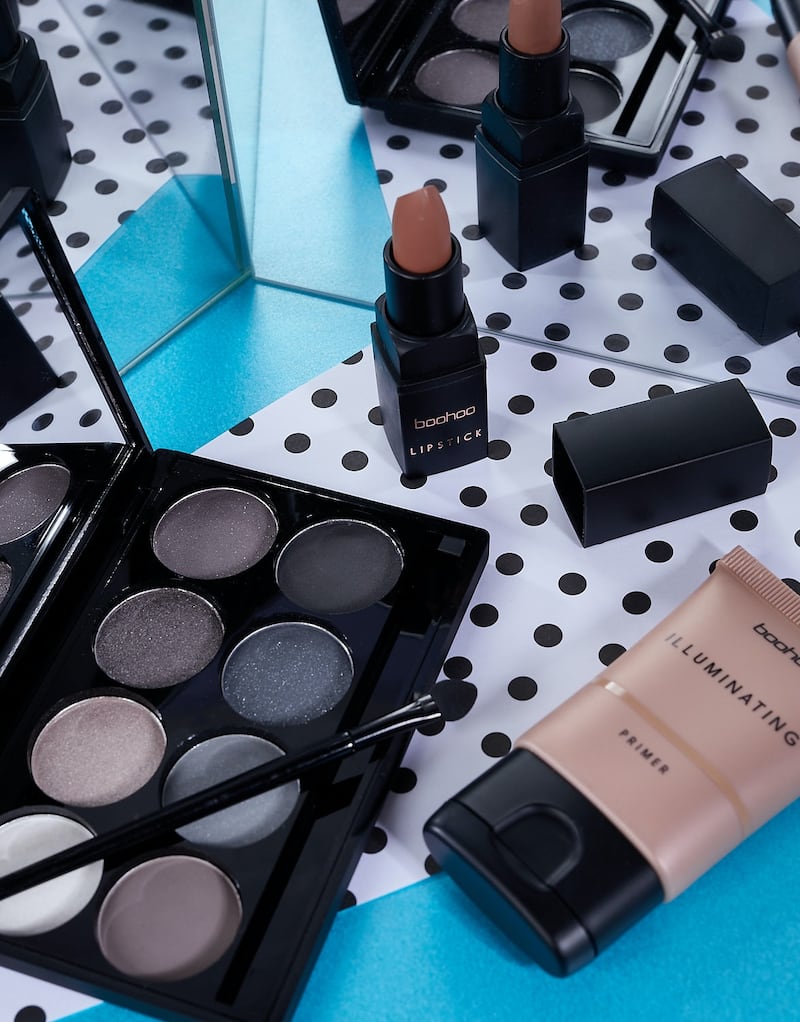
Boohoo beauty | Source: Courtesy
Fast-fashion beauty ranges can come across as faceless, overshadowed by the much larger clothing offerings, which get the bulk of marketing muscle. That means customers are more likely to forget about a clothing brand’s cosmetics after the initial publicity blitz, Edelman said.
Data from Gartner L2 shows between January and November of 2018, the percent of Zara’s overall web traffic attributed to its fragrances was just 0.034 percent. At H&M and Topshop, traffic to beauty pages represented just 0.021 and 0.020 percent of site traffic, respectively.
Forever 21 has had more success in beauty than most of its fast-fashion rivals. It created a separate brand, Riley Rose, with standalone stores that sell private-label products alongside hundreds of third-party brands like Nyx and Essie. The company operates 17 Riley Rose stores and plans to add about a dozen more this year.
Forever 21 vice president of merchandising Linda Chang said the company is approaching beauty retail “in a fast fashion way,” with a wide assortment and frequent product drops. A person with knowledge of the business said the internal goal is for beauty to comprise 10 percent of overall sales by 2024, from approximately one percent today.
“While other fast fashion players have stuck to their brand narrative to dabble in both private label and some branded beauty offerings, we are the only ones who have created fully immersive beauty experiences,” Chang said.
Zara is looking to gain an edge via its partnership with McGrath. Though the makeup artist didn’t create any products for the retailer — she has her own brand — she did style campaign imagery shot by Steven Meisel and curated a $25.90 kit containing the matte lipstick, liquid matte lipstick and lipliner used in the fall 2018 Zara Woman campaign.
Fashion retailers might be better off collaborating with influencers on a series of capsule collections rather than attempting to build permanent lines, said Pamela Baxter, co-founder and chief executive of Bona Fide Beauty Lab, a beauty incubator.
“The brands that are doing well are led by influencers and you need a certain amount of authority or community behind you,” she said.
That theory may soon be put to the test. Fashion Nova, the online fast-fashion seller known for its army of Instagram influencers, plans to launch Nova Beauty later this year.
Editor’s note: This article was revised on 10 January, 2018. A previous version of this story misstated that Linda Chang is the president of at Forever 21. This is incorrect. Linda Chang is the vice president of merchandising at Forever 21.
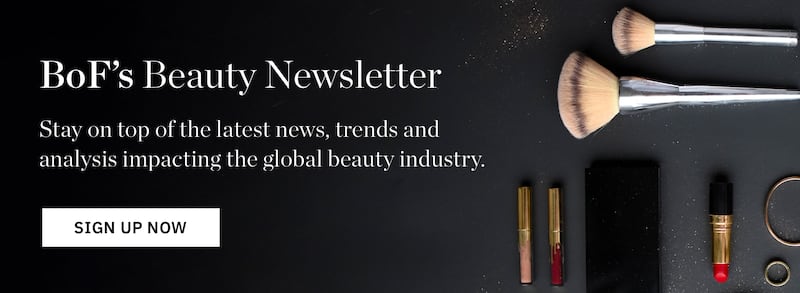
Related Articles:
[ Beauty Brands Are Boosting Speed to Market Opens in new window ]
[ Fast Fashion for the Face Opens in new window ]
[ Fast Fashion Slow to E-Commerce Opens in new window ]
[ Zara Looks to Technology to Keep up With Faster Fashion Opens in new window ]


